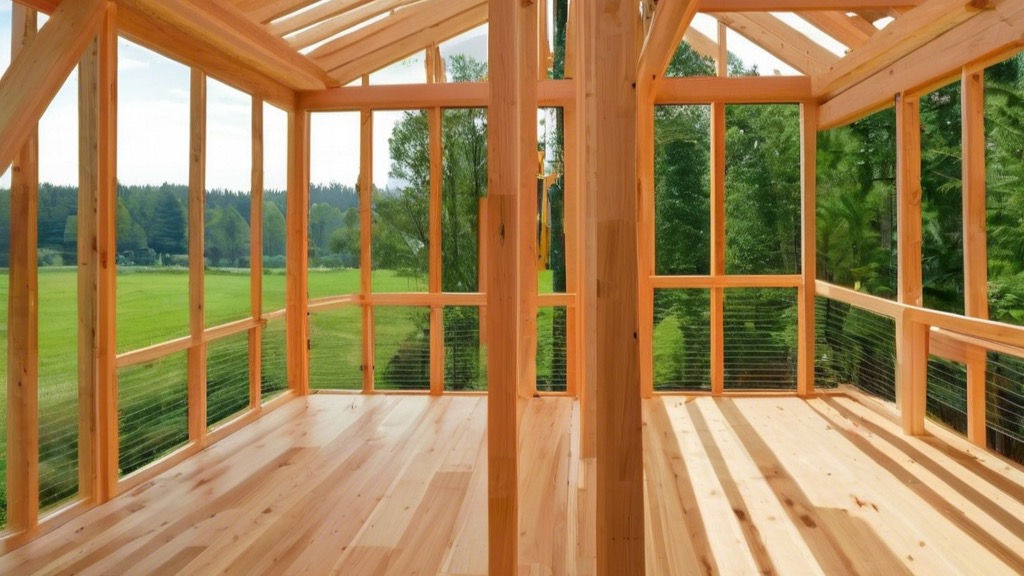The Ultimate Guide to Navigating the Texas Real Estate Market as a New Landowner
- Boston Campbell
- Mar 13
- 4 min read
Becoming a landowner in Texas is a thrilling journey packed with opportunities and challenges. The Lone Star State offers an array of landscapes, a robust economy, and a rich cultural heritage. For new landowners, grasping the intricacies of the Texas real estate market is a crucial step toward making well-informed decisions. This guide is designed to provide you with the insights and tools you need to navigate the market successfully.
Understanding the Texas Real Estate Landscape
Texas features vast expanses of land, from sprawling ranches suitable for agricultural ventures to smaller lots ideal for residential development. This variety allows potential buyers to find something that fits their desires and budget. In fact, the Texas real estate market saw a 10% increase in land values over the past year, reflecting growing demand.
The geography of Texas is incredibly diverse, showcasing coastal plains, rolling hills, and arid desert regions. This variance significantly impacts land values. For example, a plot in the Texas Hill Country can fetch prices upwards of $7,000 per acre, while land in the Panhandle might average closer to $1,500 per acre.
Before purchasing, delve into various Texas regions as each locale has its unique charm, amenities, and potential property value appreciation. Research local climate patterns, community culture, and access to essential services such as schools, hospitals, and shopping, as these can greatly influence your decision.

Assessing Land Use
Understanding how you plan to utilize the land is a critical step. Are you considering agricultural practice, recreational use, or future residential development? Clarifying your intentions will help narrow your options and streamline your search.
Familiarize yourself with zoning laws that may impact your plans. Texas has specific regulations governing land use that can fluctuate between municipalities. For instance, a residential plot in Austin may have stricter zoning regulations compared to a rural area in East Texas.
Additionally, awareness of existing easements and access to utilities is vital. Confirm whether the property includes rights of way and investigate available utilities such as water and electricity. Approximately 30% of rural land parcels lack direct utility access, which can add costs for installation.
Budget Considerations
When starting your land ownership journey, establishing a budget is paramount. Consider not only the initial purchase price but also ongoing expenses, including property taxes, insurance, and maintenance, which can average 1.25% of the property value annually.
If construction is in your plans, assess the local construction costs carefully. In certain Texas cities, such as Houston, the cost per square foot for building can range between $120 to $250, depending on the quality of materials and labor.
Financing options should also be on your radar. Many new landowners require loans or financing, making it crucial to compare mortgage rates. According to recent data, the average interest rate for a land loan is currently around 6.25%, which is slightly higher than conventional home loans.

Finding the Right Real Estate Agent
Working with an experienced real estate agent can significantly simplify the land purchasing process. Seek out agents with expertise in land transactions and a solid grasp of the local market.
Ask trusted friends or family for recommendations or check online reviews to gauge potential agents’ credibility. Take the time to interview candidates, focusing on their background with land deals and their understanding of your needs.
A skilled agent can help you navigate the complexities of land buying and provide access to listings that aren't on general market websites, which can be critical in a competitive market.
Due Diligence and Inspections
Once you find a promising piece of land, conducting thorough due diligence is crucial. This includes a complete property inspection and a careful review of all relevant documents.
Engage professionals for surveys, environmental assessments, and title checks. These evaluations can reveal any issues that could pose future problems. In fact, failing to conduct proper inspections can lead to costly mistakes, with legal disputes averaging around $2,000 to resolve.
Additionally, examine local flood maps and geological surveys to better understand any risks associated with the area you are interested in. Being informed can save you time and money later.
Closing Process and Documentation
Completing a land purchase involves navigating the closing process, which can be complicated for new buyers. Be aware of the necessary documents, such as the sales contract, title deed, and disclosures that will need your attention.
It's wise to consult a real estate attorney to review these documents for accuracy before finalizing your purchase. Their expertise provides an extra layer of protection for your interests.
After closing, ensure you register the property in your name with the local county clerk's office. Timely registration solidifies your ownership and protects your investment.

Be Prepared for Challenges
Becoming a landowner in Texas is a fulfilling experience, yet it involves challenges. Initially, you may face unexpected costs or difficulties related to zoning and land use regulations.
Stay updated on local real estate market trends and approach the journey with an open mind. Engaging with neighboring landowners and community members provides valuable advice and insights. Building these relationships can help you integrate smoothly into your new community.
Your Next Steps as a New Landowner
Purchasing land in Texas is a significant commitment, but with diligent planning, comprehensive research, and professional guidance, it can lead to rewarding experiences. Embrace the unique aspects of the Texas real estate market to make informed decisions.
Understanding land use, financial aspects, and local regulations positions you for success in navigating your property journey. Here’s to new adventures and opportunities as a proud landowner in Texas!




Comments